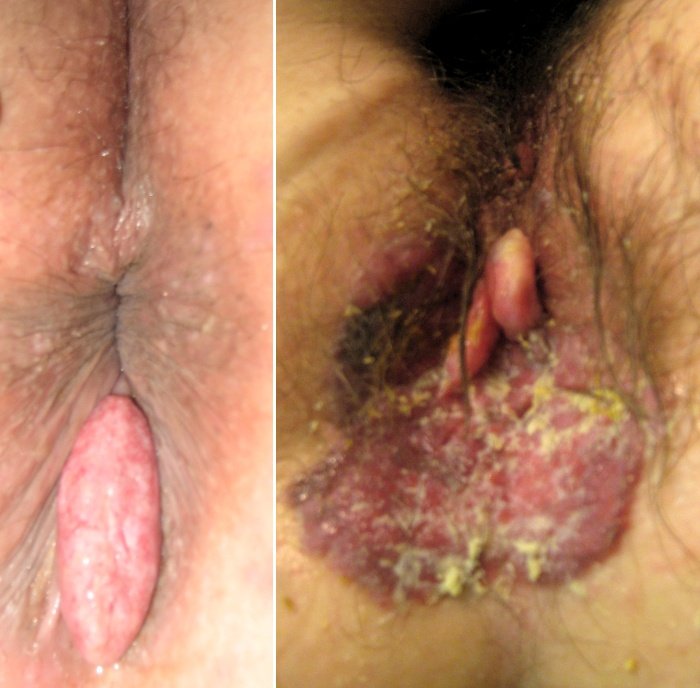“The rate of death from cervical cancer is reduced by more than 80 per cent among women who have regular Papanicolaou (Pap) screening,” says an article in the Canadian Medical Association Journal (CMAJ December 9, 2014).
Every woman knows or should know the importance of regular Pap smear test. Since World War II, the test has been the most widely used and successful cancer screening technique in history. It is named after the Greek doctor who invented it – Dr. George Nicholas Papanicolaou.
Since the Pap smear was introduced in 1940s, deaths from invasive cervical cancer occur mostly among women who do not undergo regular screening. It is sad to note that women of lower socioeconomic status and those who are older, First Nations or immigrants are less likely to be screened regularly.
The article notes that screening intervals shorter than three years increase the risk of finding and investigating abnormalities that mostly resolve spontaneously. So it is unnecessary to do Pap smear more often than every three years. The drawback is that longer intervals require organized screening and recall programs to maintain high participation rates. This is not always easy.
At what age should we start doing Pap smear? This varies by jurisdiction, but most guidelines agree that harm from false-positive results outweighs potential benefits of Pap screening in young women. Women who have had a total hysterectomy for a benign disorder and women over 70 years of age who have had three normal test results within 10 years do not require Pap screening, says the article.
Choosing Wisely Canada recommendations on Pap screening are as follows:
1. Don’t use the Pap test for screening in women who are under 21 or more than 69 years of age (Screening should stop at age 70 if the results of three previous tests were normal).
2. Don’t do Pap screening annually in women with previously normal results.
3. Don’t do Pap tests in women who have had a full hysterectomy for a benign disorder.
How can we prevent cervical cancer by testing for human papillomavirus (HPV) infection? The answer to this question is not clear yet. It is work in progress. It is important to remember that HPV is a cancer-causing virus. We know infection with specific strains of HPV is a necessary precursor to cervical cancer. HPV types 16 and 18 are present in about 70 per cent of cervical cancers worldwide and are targeted in HPV vaccines. Some of the viruses cause genital warts – another sexually transmitted infection.
Who is susceptible to HPV infection? A woman who is sexually active, she has multiple partners or she has sexually transmitted infection. Then there would be an indication to do HPV test. The reason HPV test is not recommended for all women is because there is not yet sufficient data on its effect on mortality and incidence of invasive cervical cancer.
Start reading the preview of my book A Doctor's Journey for free on Amazon. Available on Kindle for $2.99!


